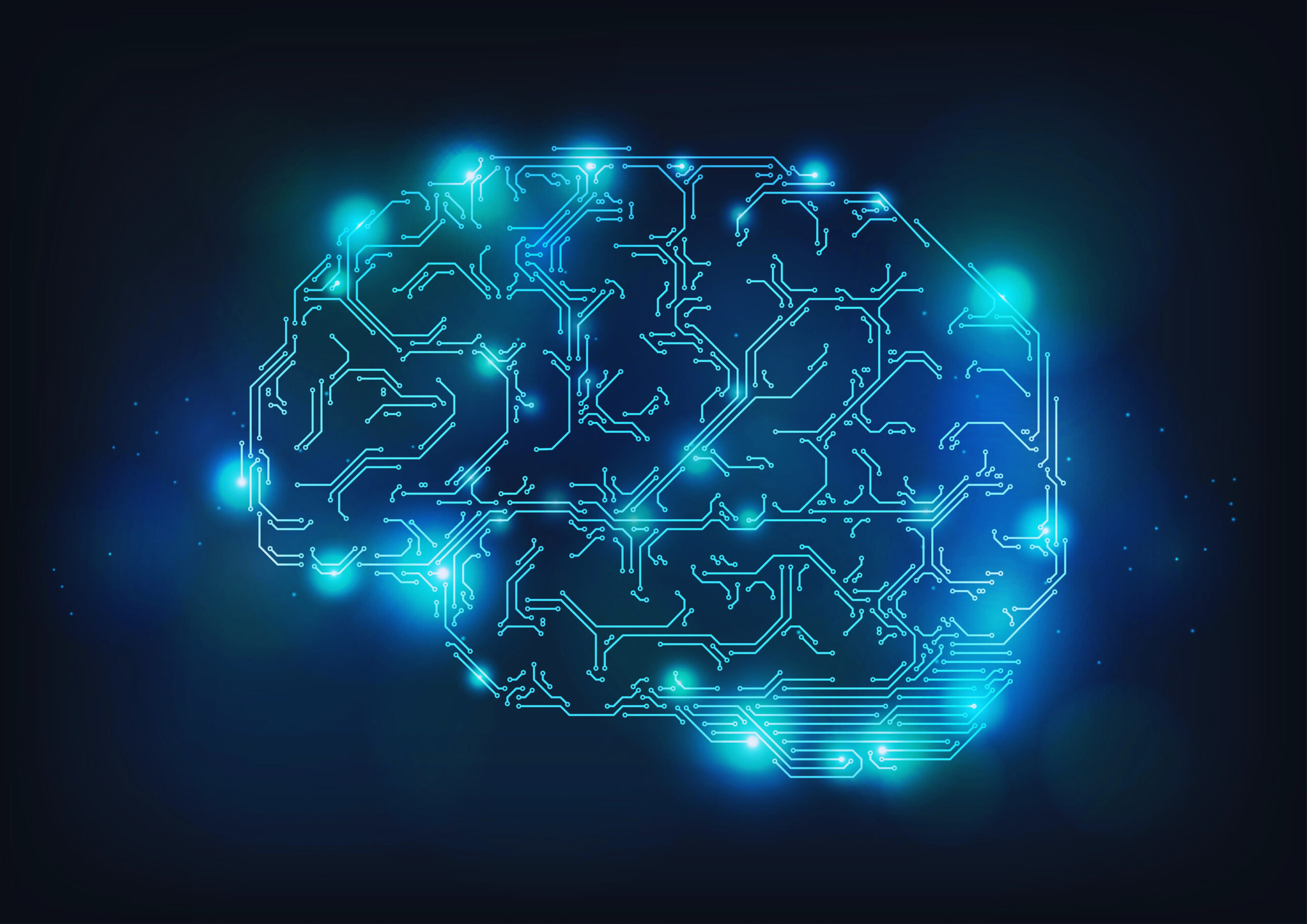Welcome to the realm of deep learning, where machines learn to understand the world in a way that mimics the human brain. In this guide, we’ll delve into the intricacies, exploring its mechanisms, applications, and impact on modern technology. Whether you’re a seasoned professional or a curious beginner, prepare to be amazed by the capabilities of this learning.
Understanding Deep Learning
In this section, we’ll unravel the mysteries of deep learning, breaking down its core concepts and mechanisms.
Defining Deep Learning
It is a subset of machine learning that involves training artificial neural networks with vast amounts of data to recognize patterns and make decisions.
The Neural Network Architecture
At the heart of it lies the neural network, inspired by the structure of the human brain. These networks consist of interconnected layers of nodes, each processing and transforming data at various levels of abstraction.
Training Models
Training models require large datasets and significant computational power. Through a process called backpropagation, the network adjusts its parameters to minimize errors and improve performance.
Key Components
- Activation Functions: These functions introduce non-linearities into the network, enabling it to learn complex relationships within the data.
- Loss Functions: Loss functions quantify the difference between the predicted and actual outputs, guiding the training process.
- Optimization Algorithms: Optimization algorithms adjust the model’s parameters to minimize the loss function, facilitating efficient learning.
Applications of Deep Learning
It has permeated various industries, driving innovation and transforming processes across the board.
Computer Vision
It powers advancements in computer vision, enabling machines to interpret and analyze visual data with unprecedented accuracy. From facial recognition to object detection, the applications are limitless.
Natural Language Processing (NLP)
In the realm of NLP, its algorithms excel at understanding and generating human language. Virtual assistants, language translation services, and sentiment analysis tools all rely on the power of deep learning.
Healthcare
In healthcare, it aids in medical imaging analysis, disease diagnosis, and personalized treatment recommendations. By analyzing vast amounts of patient data, it’s algorithms can assist clinicians in making informed decisions.
Autonomous Vehicles
The automotive industry benefits greatly from deep learning, particularly in the development of autonomous vehicles. Deep neural networks enable vehicles to perceive their surroundings, navigate complex environments, and make split-second decisions for safe driving.
Shaping the Future
As it continues to advance, its impact on society will only grow stronger. From revolutionizing healthcare to powering autonomous systems, the possibilities are endless.
Ethical Considerations
Despite its potential benefits, it also raises ethical concerns regarding privacy, bias, and job displacement. Developers and policymakers must address these issues responsibly.
The Future of Deep Learning
Looking ahead, the future holds promise for even greater breakthroughs. As technology evolves and datasets expand, we can expect to see further innovation and integration across various domains.
FAQs
What is the difference between deep learning and machine learning?
It is a subset of machine learning that involves training neural networks with vast amounts of data to learn from patterns and make decisions.
How does it benefit businesses?
It enables businesses to gain valuable insights from data, automate processes, and enhance decision-making capabilities, leading to increased efficiency and competitiveness.
Is deep learning only applicable to large corporations?
No, tools and frameworks are becoming increasingly accessible, allowing businesses of all sizes to leverage their power for various applications.
What are some challenges associated with it?
Challenges include the need for large amounts of labeled data, computational resources, and expertise in model development and tuning.
Can deep learning be applied to industries beyond technology?
Yes, it has applications in diverse industries such as healthcare, finance, manufacturing, and agriculture, among others.
How can individuals learn more about deep learning?
There are many online resources, courses, and communities dedicated to education, catering to both beginners and advanced practitioners.
Conclusion
In conclusion, deep learning stands at the forefront of technological innovation, revolutionizing industries and reshaping the way we interact with machines. By understanding its principles, applications, and potential, we can harness the power of deep learning to drive positive change in the world.

